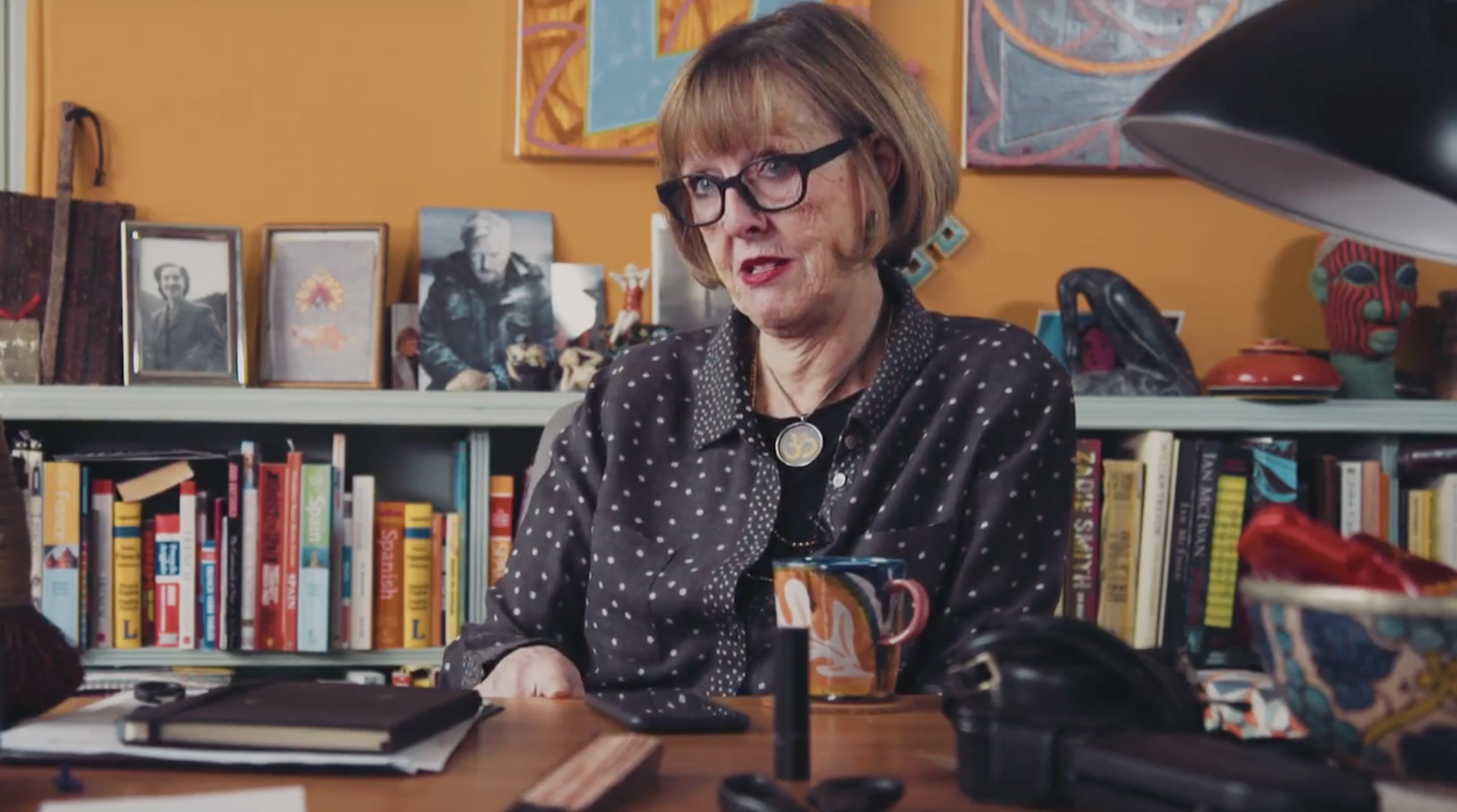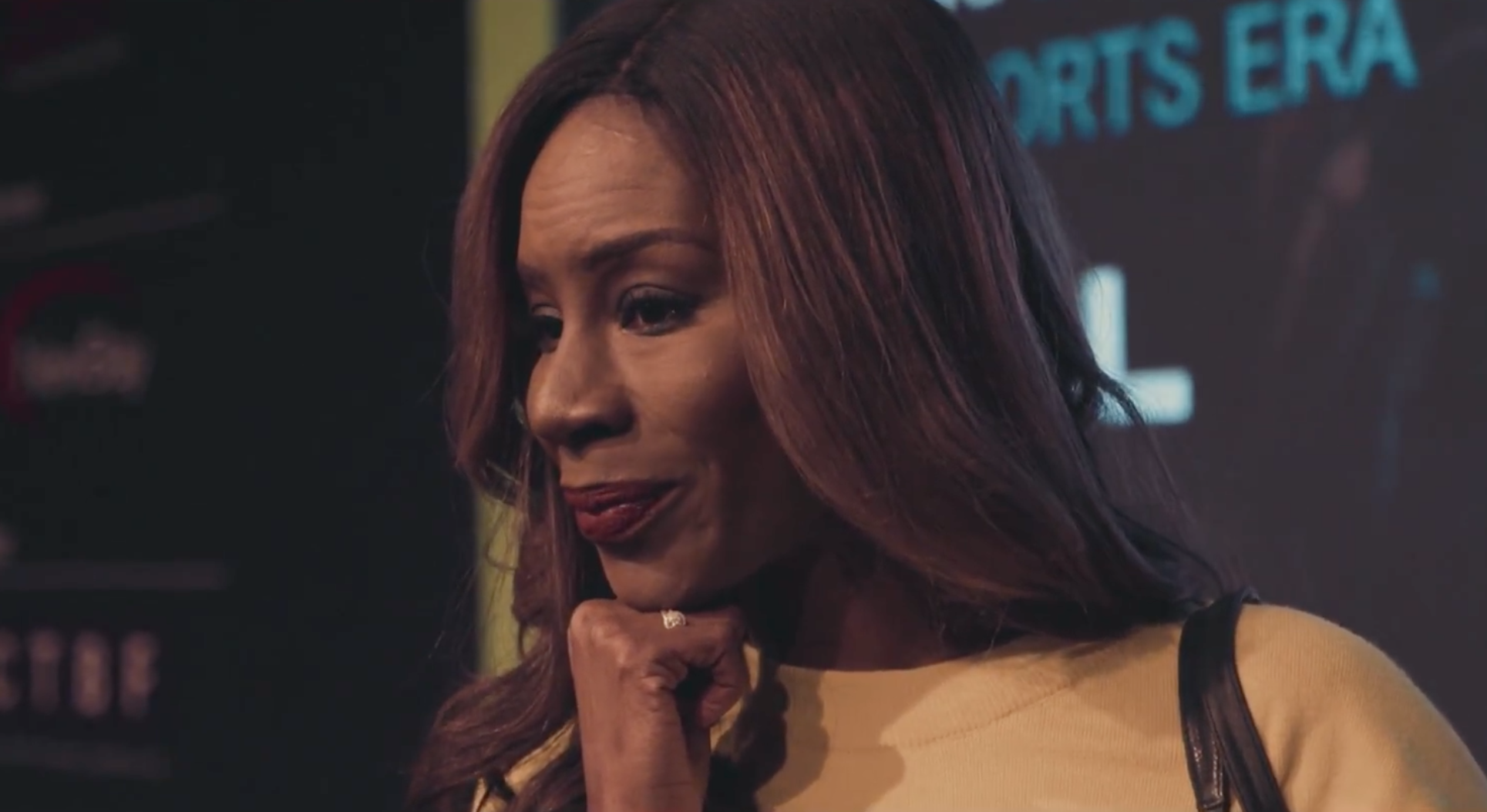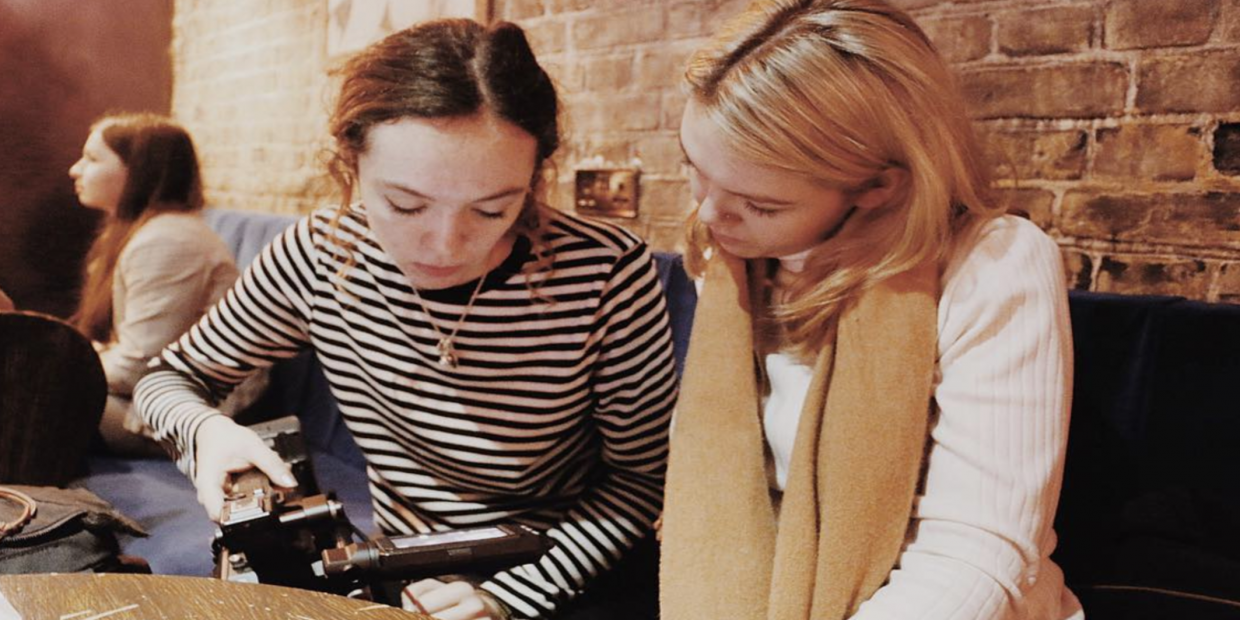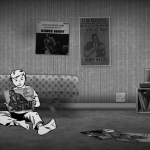By Jessica Duncanson
London Feminist Film Festival interview
Co-directed by Holly Bourdillon and Hannah McMeeking, One in Five explores the gender inequality that persists in the UK film industry. Through interviews with successful women working in the industry today, the filmmakers investigate why the situation is so dire and what can be done to find a rightful balance.
FilmDoo talks one of the film’s co-directors, Holly Bourdillon.
When did you personally first become aware of the extent of gender inequality within the UK film industry?
In the summer before my final year of my film degree, I went to a talk about gender inequality in the UK film industry. The talk was run by Shelley Cobb and Linda Ruth Williams, and their team from Southampton University, who had begun the first research into UK film inequality behind the camera (Calling the Shots). The statistics they displayed shocked me, mainly because I was a year from entering the industry and had no idea my journey was going to be sufficiently harder than my male peers. This sparked my idea to use my final year film as a means to make other women, like myself, aware of something that would greatly impact their future.

Were your interview requests to women in the industry received quite supportively in general?
Everyone we contacted was very supportive and agreed with the piece, yet I don’t believe many, even those we interviewed, understood the magnitude of the problem. Some claimed that men had helped them into the industry and they didn’t want to dismiss them (which was never our goal). Many had become so accustomed to the male dominated industry that they no longer saw the inequality. The majority were shocked at the statistics, sometimes we would begin an interview or phone call with them believing the industry was fair, but by the end (once we had told them of the dire statistics and the difficulties of being a mother in the industry, for example) they realised that they had actually experienced sexism just not realised it. Also, since many people were working on set, they were difficult to contact and had very busy schedules.
The film implies that many male interviewees were quite dismissive of the film’s topic – what were some of their reactions not shown on screen?
Men didn’t want to engage in a discussion about it and weren’t willing to discuss it.
A man we spoke to, who has a senior role at NFTS (National Film and Television School), was clearly exaggerating the truth to please us and come across well in the documentary, almost using us as a marketing technique. Generally men didn’t want to engage in a discussion about the topic, giving us the impression that they were exasperated and/or irritated. Mainly their answers were that it was improving and they would then list off women they knew who were in technical roles.
Quotas can be quite a divisive issue – what are your personal thoughts on their influence?
Quotas are a complicated route but something I believe could speed up the desired results. It has been very successful in both Canada and Sweden, however, since publishing the documentary, I have learnt of the difficulties of changing laws, etc, for it to be possible in the UK. What Directors UK are doing in making directors of films backed by UK-based public funding bodies be 50% men and 50% women by 2020 is something I believe will have an immense impact, mainly because films that have a female director have a much higher rate of women in other roles in the crew.

There is already quite a sense of camaraderie among women in the film industry because of these issues of inequality, but how do you think women in the industry can best help their younger aspiring counterparts?
I believe what Amma Asante is doing, by inviting women to shadow her on set, is a key way to create role models for young aspiring directors. More women in all roles, not just those directing, should be doing this. Talks at universities, at female film events, such as those run by Women in Film and TV (WFTV) or the BFI, and creating more entry level organisations for women to come together are important ways to create networks and contacts. But, most importantly, creating more films and projects where women are in technical roles, I think that the film Hidden Figures and the project Smart Girls, which was set up by Amy Poelher, are perfect examples of that.
Many film students are shown to be stumped when asked to name a female director – who is your favourite female director and why?
My favourite has to be Andrea Arnold, both Fish Tank and American Honey had me transfixed. I am a lover of realism in films and Arnold captures that with a relatable and uplifting tone that you can enjoy without being left feeling disturbed. Her female leads are honest and fantastic actors, even though she usually chooses to use actors with no previous acting experience, which adds to the sense of reality. Everything about her fictional films feel like documentary, especially the subject and stunning cinematography. Whilst they contain darkness, they also contain a lot of light.
What other projects are you currently working on?
Currently I am working with Shotglass Media in creating some short feminist pieces to be shown on social media platforms. I also work at Envy Post Production in order to pursue my career in editing. I am so lucky to have found an industry that I love working in, and I look forward to the on-going challenge of promoting and encouraging the roles of women in the industry.
One in Five is available to watch here.





